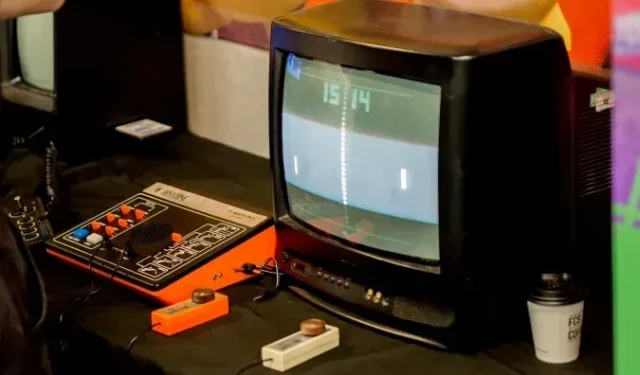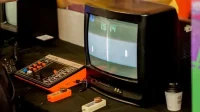Lab-grown brain cells learn to play pong. This can greatly help in the development of treatments and drugs.
Researchers who have grown brain cells in the lab claim to have taught them how to play pong. Scientists at startup Cortical Labs say it’s the first example of a “mini-brain”trained to perform specific tasks. “It can receive information from an external source, process it and react to it in real time,” Dr. Brett Kagan, lead author of the Neurone paper, told the BBC.
Lab-grown brain cells learn to play pong
A culture of 800,000 brain cells is known as DishBrain. The scientists placed mouse cells (derived from fetal brains) and human cells taken from stem cells on an electrode array that was connected to Pong, explains The Age. Electrical impulses sent to the neurons indicated the position of the ball in play, and then the network moved the paddle up or down according to the signals from the neurons. DishBrain received a loud sequential feedback signal (a form of stimulus) when the racquet hit the ball, and a short random pulse when the racquet didn’t hit.
The researchers, who are convinced that this culture is too primitive to be conscious, noticed that DishBrain showed signs of “apparent learning over five minutes of unobtrusive real-time play under controlled conditions.”After playing pong for 20 minutes, the culture got better, and the scientists say this indicates that the cells have reorganized, evolved networks, and really learned.
“They changed their activity very consistently and behaved like a dynamic system,” explained Dr. Brett Kagan. “For example, the ability of neurons to change and adapt their activity as a result of experience increases over time, which is consistent with what we’ve seen about cell learning rates.”
This can greatly help in the development of treatments and drugs.
In the future, researchers will focus on understanding how drugs and alcohol affect DishBrain’s ability to play pong, to test whether this culture can serve as a replacement for a full-fledged human brain. Dr. Brett Kagan also hopes that DishBrain (or a future version of it) can be used to test treatments for conditions like Alzheimer’s.
Meanwhile, researchers at Stanford University have grown stem cells from human brain tissue and transplanted them into newborn rats. These “brain”organelles have become integrated into the rodents’ own brains. A few months later, scientists found that these organelles make up about a third of the rat brain hemispheres and are perfectly integrated with rodent brain circuits. As Wired explains, these organoids could be used to study neurodegenerative diseases or to test drugs thought to treat neuropsychiatric conditions. Scientists can also study how genetic defects in organelles can affect animal behavior.


